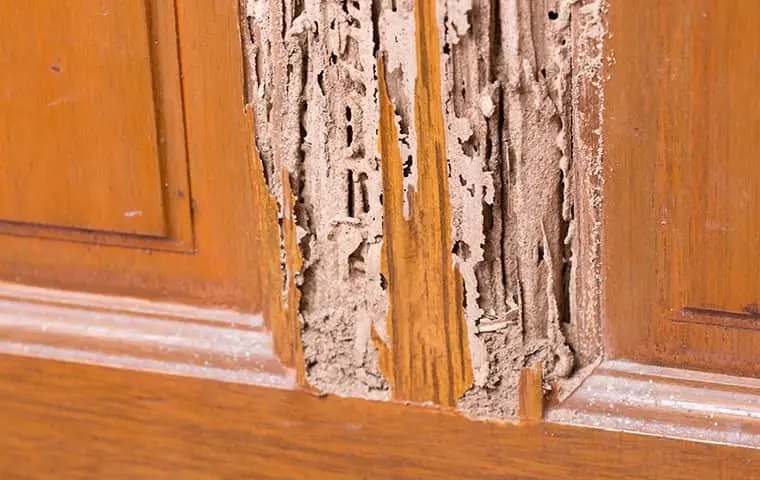This will be the first of a several-section post on WDIR-100s (wood-destroying insect reports). We will try to answer common questions that come up during our inspections and how to proceed after receiving your WDI report.
I think the first misconception people have about WDIR inspections is that we are looking for only termites. In common terms, people order a “termite inspection” or “pest inspection”. This is probably not the correct terms to use but that is what the real estate and pest management professional industry is used to. In reality, we are looking for/reporting on evidence of any re-infesting wood-destroying insects which usually is the following: Termites, Powder Post Beetles, Old House Borers, Carpenter Ants, Carpenter Bees, and some other species of wood-boring beetles. We also report on any conducive conditions related to termites. Another misconception is that we are looking for “active” termites. During our inspection, we are looking for any evidence of termites such as termite shelter (mud) tubes on foundations, termite damage in wood, swarmer wings, etc. Once any evidence is found, on, in, or under the structure, the next step is to determine if there is any evidence of treatment in the areas where termite evidence was found. If treatment evidence is observed and no live insects are found then the evidence is described as “visible evidence of a previously treated infestation, which now appears to be inactive”. If evidence is observed and there is no evidence of any treatment then the evidence is listed as “no control measures were performed” and some action needs to be taken.
Our next post will cover what to do when termites are found and how to interpret the inspection report. As always if you need any help with inspections or questions about our inspections feel free to give us a call at (919) 847-6267.






